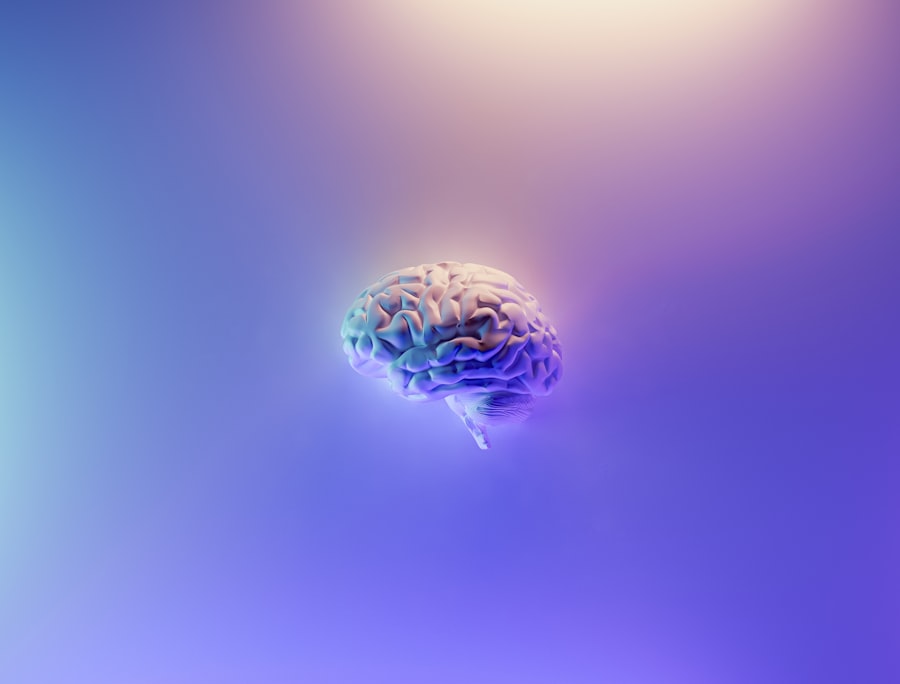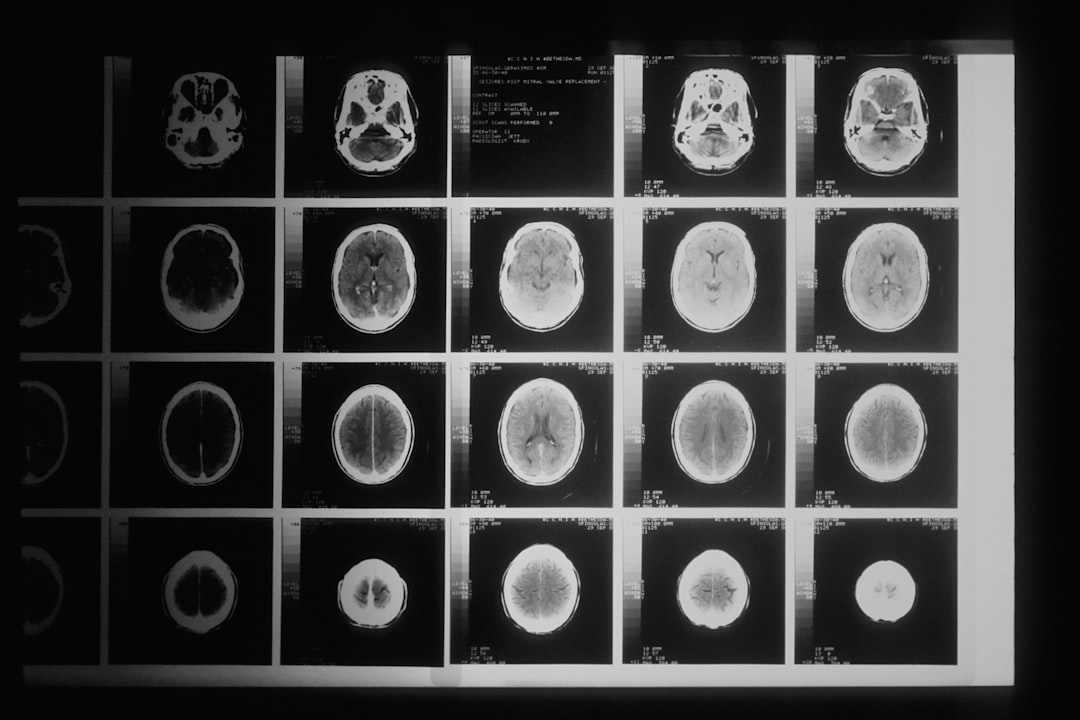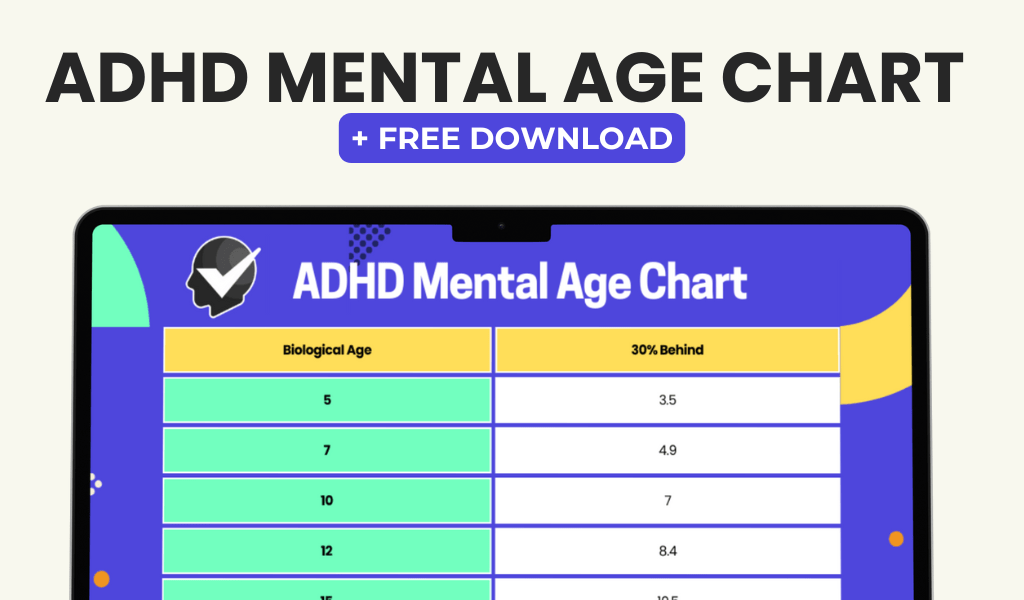ADHD and Autism Spectrum Disorders (ASD) are two distinct neurodevelopmental disorders, but they often co-occur in individuals. Research has shown that there is a significant overlap between the two conditions, with studies estimating that 30-50% of individuals with ASD also have symptoms of ADHD. This overlap has led to increased interest in understanding the relationship between the two disorders.
While ADHD and ASD are separate conditions, they share some common features, such as difficulties with social interaction, communication, and behavior. Both conditions also involve differences in brain development and function, although the specific underlying mechanisms are not yet fully understood. Some researchers believe that there may be shared genetic and environmental factors that contribute to the co-occurrence of ADHD and ASD.
It is important to note that while there is a significant overlap between ADHD and ASD, not all individuals with one condition will also have symptoms of the other. However, for those who do have both ADHD and ASD, it is essential to recognize and address the unique challenges and needs that arise from the co-occurrence of these two disorders.
Key Takeaways
- ADHD and Autism Spectrum Disorders can co-occur, and understanding their relationship is important for accurate diagnosis and treatment.
- Symptoms of ADHD and Autism Spectrum Disorders can overlap, making it challenging to differentiate between the two conditions.
- Proper testing and diagnosis are crucial for individuals with ADHD and Autism Spectrum Disorders to receive appropriate support and interventions.
- Self-care strategies such as routine, structure, and sensory regulation can benefit individuals with both ADHD and Autism Spectrum Disorders.
- Treatment options for individuals with both ADHD and Autism Spectrum Disorders may include a combination of medication, therapy, and behavioral interventions tailored to their specific needs.
- Individuals with both ADHD and Autism Spectrum Disorders face unique challenges related to social interactions, communication, and sensory sensitivities.
- Advocacy for support and understanding is essential to ensure individuals with ADHD and Autism Spectrum Disorders receive the help and accommodations they need to thrive.
Recognizing the Symptoms of ADHD and Autism Spectrum Disorders
ADHD is characterized by symptoms such as inattention, hyperactivity, and impulsivity. Individuals with ADHD may have difficulty staying focused, following through on tasks, and controlling their impulses. They may also struggle with organization and time management. On the other hand, ASD is characterized by challenges with social interaction, communication, and repetitive behaviors. Individuals with ASD may have difficulty understanding social cues, maintaining eye contact, and engaging in reciprocal conversations.
When both conditions co-occur, the symptoms can overlap and interact in complex ways. For example, a person with both ADHD and ASD may exhibit hyperactivity and impulsivity, as well as difficulties with social communication and repetitive behaviors. This can make it challenging to differentiate between the symptoms of each condition and may require a comprehensive evaluation by a qualified healthcare professional.
Recognizing the symptoms of ADHD and ASD is crucial for early intervention and support. By understanding the unique presentation of each condition and how they may interact when co-occurring, individuals can receive more targeted and effective interventions to address their specific needs.
The Importance of Proper ADHD Testing and Diagnosis
Proper testing and diagnosis of ADHD are essential for individuals who may also have ASD or other co-occurring conditions. A comprehensive evaluation typically involves gathering information from multiple sources, including parents, teachers, and other caregivers, as well as direct observation of the individual’s behavior. It may also include psychological testing to assess cognitive abilities, attention, and executive functioning.
In the case of co-occurring ADHD and ASD, it is important for healthcare professionals to consider the unique challenges and complexities that arise from the overlap of symptoms. This may require specialized assessment tools and expertise in recognizing the distinct features of each condition within the individual’s presentation.
A thorough evaluation can help ensure that individuals receive an accurate diagnosis and appropriate support tailored to their specific needs. It can also help identify any co-occurring conditions that may impact treatment planning and intervention strategies. By taking a comprehensive approach to testing and diagnosis, healthcare professionals can better understand the individual’s strengths and challenges and develop a more personalized treatment plan.
Exploring the Overlap of Self-Care Strategies for ADHD and Autism Spectrum Disorders
| Self-Care Strategy | ADHD | Autism Spectrum Disorders |
|---|---|---|
| Establishing Routine | Highly beneficial for managing symptoms | Can provide structure and predictability |
| Physical Exercise | Helps reduce hyperactivity and impulsivity | Can help manage sensory sensitivities |
| Mindfulness and Relaxation Techniques | Can improve attention and reduce stress | May help with emotional regulation |
| Social Support | Important for building coping skills | Can provide understanding and acceptance |
Self-care strategies play a crucial role in managing the symptoms of both ADHD and ASD. While the specific needs of individuals with these conditions may vary, there are some overlapping self-care strategies that can be beneficial for managing symptoms and improving overall well-being.
For example, establishing routines and structure can be helpful for individuals with both ADHD and ASD. This can provide a sense of predictability and stability, which can help reduce anxiety and improve attention and organization. Additionally, incorporating sensory regulation techniques, such as deep pressure or fidget tools, can help individuals manage sensory sensitivities commonly associated with ASD while also promoting focus and self-regulation in individuals with ADHD.
Furthermore, promoting physical activity and outdoor play can benefit individuals with both conditions by providing opportunities for movement and sensory input while also supporting overall physical health. Additionally, teaching mindfulness and relaxation techniques can help individuals manage stress and improve emotional regulation, which can be particularly beneficial for those with co-occurring ADHD and ASD.
By exploring the overlap of self-care strategies for ADHD and ASD, individuals can develop a personalized toolkit of techniques to support their unique needs and promote overall well-being.
Navigating Treatment Options for Individuals with ADHD and Autism Spectrum Disorders
Navigating treatment options for individuals with both ADHD and ASD requires a comprehensive approach that addresses the unique challenges presented by the co-occurrence of these conditions. While there is no single “one-size-fits-all” treatment approach, there are several evidence-based interventions that have been shown to be effective for managing symptoms of both ADHD and ASD.
Behavioral interventions, such as applied behavior analysis (ABA) and cognitive-behavioral therapy (CBT), can be beneficial for addressing social skills deficits, managing challenging behaviors, and improving executive functioning in individuals with co-occurring ADHD and ASD. These interventions can be tailored to address the specific needs of each individual while also considering the interaction of symptoms from both conditions.
In some cases, medication may also be considered as part of a comprehensive treatment plan for individuals with co-occurring ADHD and ASD. However, it is important to carefully weigh the potential benefits and risks of medication, taking into account the individual’s unique presentation and any co-occurring conditions.
Additionally, providing support for families and caregivers is essential for navigating treatment options for individuals with both ADHD and ASD. Educating families about the co-occurrence of these conditions, providing resources for managing symptoms at home, and offering support services can help ensure that individuals receive comprehensive care that addresses their holistic needs.
Addressing the Unique Challenges Faced by Individuals with Both ADHD and Autism Spectrum Disorders

Individuals with both ADHD and ASD face unique challenges that arise from the interaction of symptoms from both conditions. For example, difficulties with attention and executive functioning associated with ADHD can exacerbate challenges with social communication and repetitive behaviors commonly seen in ASD. This can make it challenging for individuals to navigate daily activities, maintain relationships, and participate in academic or vocational settings.
Furthermore, individuals with co-occurring ADHD and ASD may experience heightened sensory sensitivities, emotional dysregulation, and difficulties with transitions or changes in routine. These challenges can impact various aspects of daily life, including self-care, social interactions, academic performance, and independent living skills.
Addressing the unique challenges faced by individuals with both ADHD and ASD requires a comprehensive approach that considers the interaction of symptoms from both conditions. This may involve developing individualized support plans that address specific areas of need, such as social skills training, sensory regulation strategies, executive functioning support, and emotional regulation techniques.
It is also important to provide opportunities for individuals to build on their strengths and interests while receiving support for their challenges. By taking a strengths-based approach to intervention, individuals can develop confidence, resilience, and a sense of agency in managing their unique combination of symptoms.
Advocating for Support and Understanding for Individuals with ADHD and Autism Spectrum Disorders
Advocacy plays a crucial role in promoting support and understanding for individuals with both ADHD and ASD. By raising awareness about the co-occurrence of these conditions and advocating for inclusive policies and services, individuals can access the support they need to thrive in various settings.
Advocacy efforts may involve collaborating with healthcare professionals, educators, policymakers, and community organizations to promote comprehensive care that addresses the holistic needs of individuals with co-occurring ADHD and ASD. This may include advocating for specialized assessment tools, evidence-based interventions, inclusive educational settings, employment opportunities, and community resources that support individuals with diverse neurodevelopmental profiles.
Furthermore, advocating for increased understanding and acceptance of neurodiversity can help reduce stigma and promote a more inclusive society that values the unique strengths and perspectives of individuals with ADHD and ASD. By amplifying the voices of individuals with lived experience, advocating for equitable access to resources, and promoting positive portrayals of neurodiverse individuals in media and popular culture, advocacy efforts can contribute to a more supportive and inclusive environment for all.
In conclusion, understanding the relationship between ADHD and Autism Spectrum Disorders involves recognizing the overlap of symptoms while also acknowledging the unique challenges faced by individuals with both conditions. Proper testing and diagnosis are essential for identifying co-occurring ADHD and ASD in order to develop personalized treatment plans that address specific needs. Exploring self-care strategies that overlap between ADHD and ASD can provide individuals with tools to manage their symptoms effectively. Navigating treatment options requires a comprehensive approach that considers evidence-based interventions tailored to address the interaction of symptoms from both conditions. Addressing the unique challenges faced by individuals with both ADHD and Autism Spectrum Disorders involves developing individualized support plans that consider specific areas of need while building on strengths. Advocating for support and understanding for individuals with ADHD and Autism Spectrum Disorders is crucial in promoting inclusive policies, services, awareness about neurodiversity while reducing stigma.
If you’re interested in learning more about ADHD and its relationship to autism, you may want to check out this article on ADHD-testing.com. The article discusses the overlap between ADHD and autism spectrum disorders, and how they can often co-occur in individuals. It provides valuable insights into the similarities and differences between the two conditions, and offers helpful information for those seeking a better understanding of neurodevelopmental disorders. You can read the full article here.
FAQs
What is ADHD?
ADHD stands for Attention Deficit Hyperactivity Disorder. It is a neurodevelopmental disorder that affects a person’s ability to focus, control impulses, and regulate their energy levels.
What is the Autism Spectrum?
The autism spectrum refers to a range of conditions characterized by challenges with social skills, repetitive behaviors, speech and nonverbal communication, and unique strengths and differences.
Is ADHD on the Autism Spectrum?
ADHD is not on the autism spectrum. While there may be some overlapping symptoms between ADHD and autism, they are distinct conditions with different diagnostic criteria and treatment approaches.
What are the similarities between ADHD and Autism?
Some similarities between ADHD and autism include difficulties with social interactions, sensory sensitivities, and challenges with executive functioning skills such as organization and time management.
What are the differences between ADHD and Autism?
ADHD is primarily characterized by difficulties with attention, hyperactivity, and impulsivity, while autism is characterized by challenges with social communication and interaction, as well as restricted and repetitive behaviors.
Can a person have both ADHD and Autism?
Yes, it is possible for a person to have both ADHD and autism. This is known as a co-occurring or comorbid condition, and it can present unique challenges that may require a comprehensive treatment approach.














